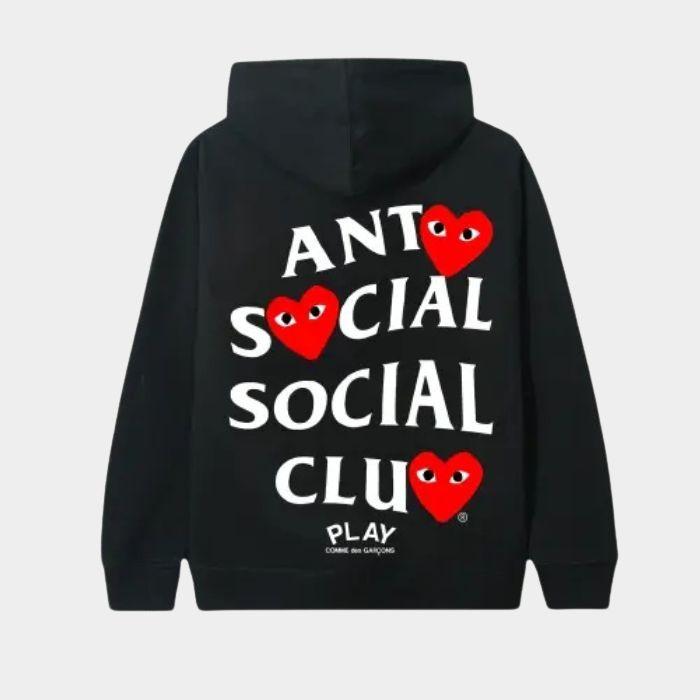When Rei Kawakubo launched Comme des Garçons in the late ‘60s, she wasn’t trying to make “fashion.” She was questioning the entire idea of it. Her clothes didn’t fit the Western ideal of beauty — they were harsh, black, and strangely poetic. At a time when runways were filled with glam and excess, she brought silence, shadow, and structure. Kawakubo wasn’t designing for the male gaze; she was designing for the mind. Her pieces invited interpretation — a form of wearable philosophy that forced the industry to look twice.
Deconstruction as an Art Form
Before “deconstruction” became a buzzword, Kawakubo was ripping seams apart and exposing raw edges. She showed that imperfection could be power — that frayed hems and asymmetry could tell stories polished design never could. Her approach wasn’t just aesthetic; it was psychological. Clothes didn’t need to flatter the body to feel beautiful. They could challenge, distort, and provoke emotion. Every ripped stitch became a manifesto against conformity.
The 1980s Shockwave: When Paris Met Tokyo
When Comme des Garcons hit Paris Fashion Week in 1981, the reaction was chaos. Critics called the collection “Hiroshima chic.” They said it looked like rags. But Kawakubo wasn’t there to please — she was there to provoke thought. Her all-black, distressed silhouettes stood in violent contrast to the pastel glam dominating the decade. What began as scandal soon turned into a cult following. Paris had never seen anything like it — fashion stripped of glamour, laid bare to its rawest form.
Beyond Gender: Clothing Without Boundaries
Long before genderless fashion was a trend, Comme des Garçons was living it. Kawakubo ignored the binaries — her cuts were boxy, ambiguous, and emotionally charged. The wearer became part of the art, not defined by it. For her, clothing wasn’t about male or female; it was about form and freedom. In a world obsessed with labels, she built a space where identity could float freely between the seams.
Collaborations That Changed the Game
Comme des Garçons has never stayed in one lane. Kawakubo’s curiosity led to some of the most unexpected collabs in fashion — from Nike sneakers reimagined as sculptural objects to the minimalist genius of the PLAY heart logo designed with artist Filip Pagowski. The brand’s link-up with Supreme blurred the line between underground and high fashion, long before it became a marketing formula. Each collaboration carried the same DNA — rebellion, intelligence, and irony.
The Comme Effect: Influence on Designers and Culture
You can trace Comme’s fingerprints all over modern fashion. Designers like Martin Margiela, Demna Gvasalia, and Yohji Yamamoto have echoed Kawakubo’s defiant spirit. Even the rise of conceptual streetwear owes cdg hoodie her a quiet debt — she proved that clothes could speak ideas, not just aesthetics. Her influence ripples through subcultures, music, and art — shaping how we think about beauty, identity, and imperfection.
A Legacy Built on Rebellion
Comme des Garçons isn’t a brand that follows fashion cycles — it exists beyond them. Rei Kawakubo never tried to fit in, and that’s exactly why her work still feels timeless. Every season, she continues to dismantle what we think we know about fashion and rebuild it in her own image. The brand’s lasting influence lies not just in its designs, but in its defiance — a reminder that true innovation begins where rules end.



